For much of the U.S., the phrase "winter crops" brings to mind only a few options: daikon radishes, Jerusalem artichokes, turnips, maybe some of the hardier brassicas, like cabbage or broccoli.
But elsewhere, especially in South Florida and California, winter is a joyful time, because citrus is back in season. This year has been a difficult one for citrus growers. Hurricane Irma, in Florida, is estimated to have reduced the citrus crop by about 21 percent, which would make this the worst season for Florida citrus in decades. In California, a slightly light crop is expected as well, which means citrus may be priced a bit higher than usual this year. But, look, so few things bring us joy in the middle of winter; we’ll ready to pay a bit more for a bite of sunshine.
With all that noted, you might be confused by the dozens of different oranges varieties—not citrus as a whole, just oranges—that pop up this time of year. And while the orange may have a reputation as one of the U.S.’s most common and basic fruits (right up there with the apple and banana), it’s actually very special! The orange as we know it is a hybrid of two other citrus trees: the pomelo (which is like a slightly less bitter grapefruit) and the mandarin (which is flat, small, sweet, and orange in color)—it’s not believed to have ever existed in the wild.
(Important! Despite being commonly called the “mandarin orange,” the mandarin is not an orange. The mandarin is one of the two parents of the orange, but to be classified as an orange, a citrus fruit must include a mandarin and a pomelo as parents. That disqualifies tangerines (which are a type of mandarin, probably) and satsumas.)


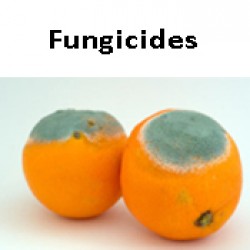



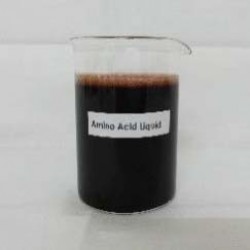
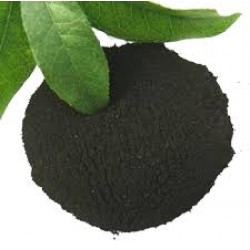
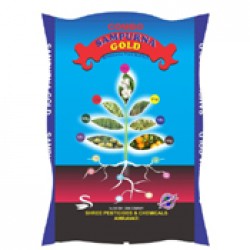
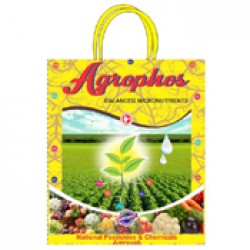
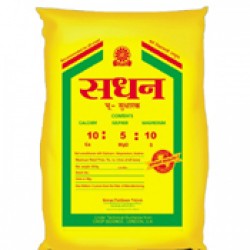

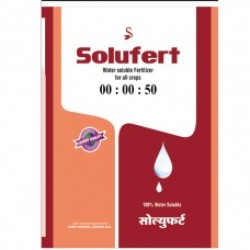
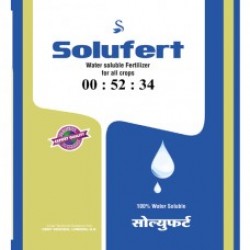
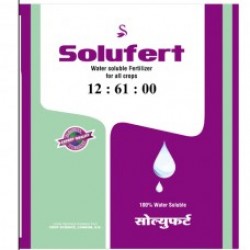
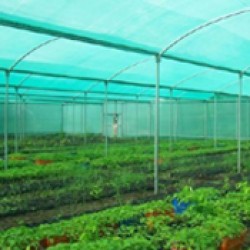

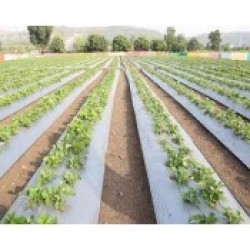




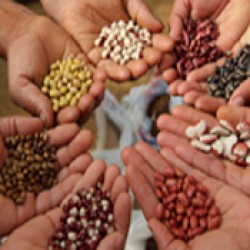
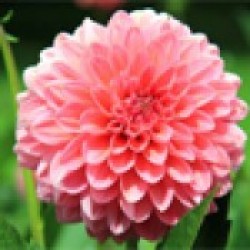
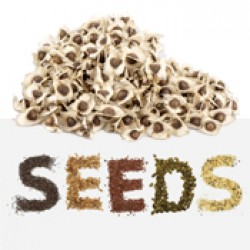
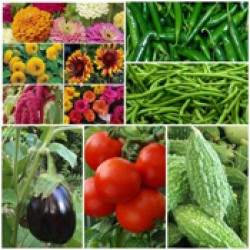







/Dr.Fruit-228x228-200x200.png)